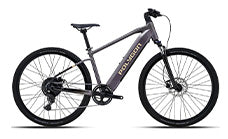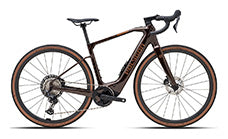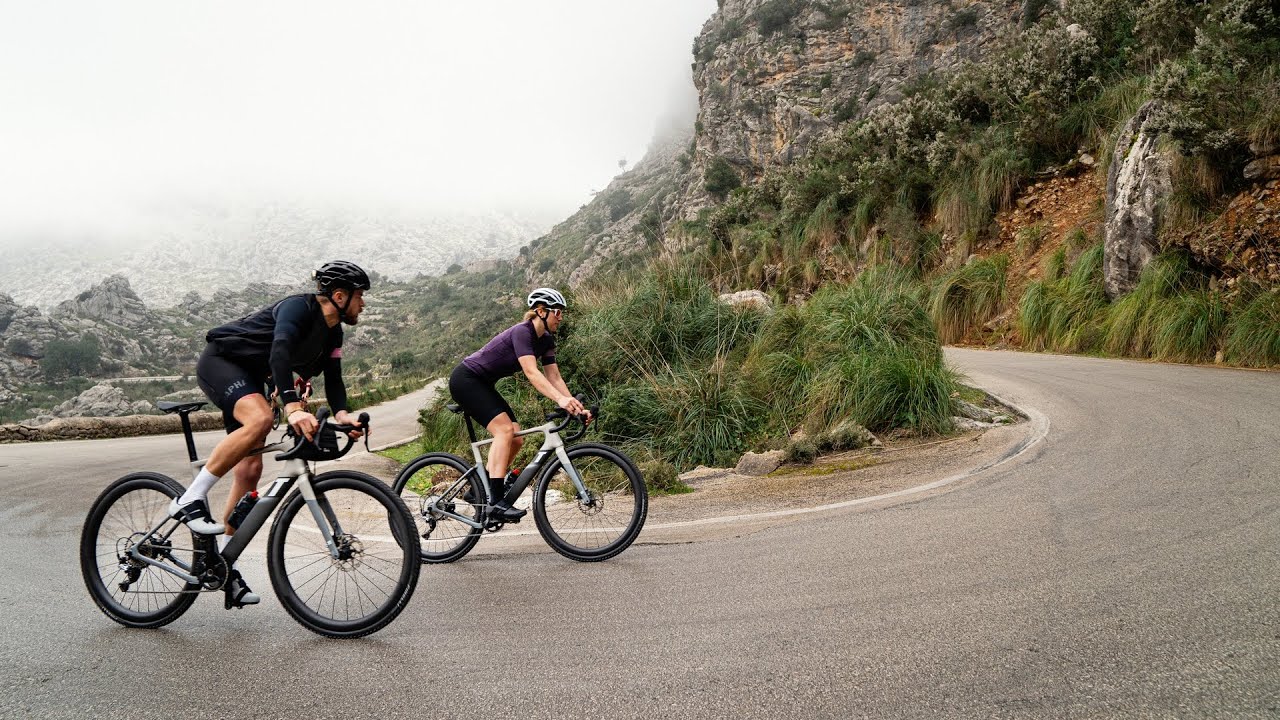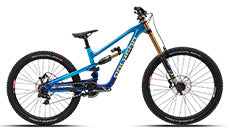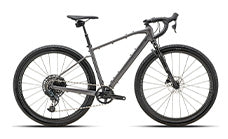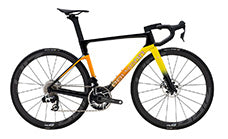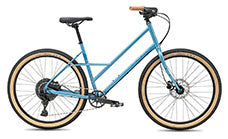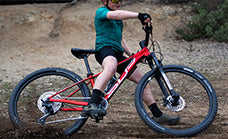SRAM vs. Shimano Mountain Bike Brakes: Which is Best for You?

When it comes to mountain biking, the choice of brakes can make or break your ride—literally. With top contenders like SRAM and Shimano dominating the market, each boasting their unique technologies and features, how do you decide which is perfect for you? Whether you're a downhill daredevil, a trail enthusiast, or a cross-country racer, the right brakes can significantly enhance your riding experience. Let’s dive deep into the world of SRAM and Shimano brakes, comparing them on braking performance, maintenance requirements, and suitability for different riding styles.
SRAM and Shimano Brakes
SRAM and Shimano are titans in the mountain biking world, known for their constant innovation and reliable performance. Shimano is celebrated for its reliability and immediate engagement, thanks to its Servo Wave technology, which delivers fast initial pad engagement followed by smooth modulation. SRAM, on the other hand, excels in providing more gradual engagement, offering fine-tuned control that mountain bikers crave for technical terrains.
Braking Performance: Power vs. Modulation
When it comes to braking performance, the question often boils down to power and modulation. Shimano brakes are renowned for their raw, on-off power. This makes them particularly advantageous in steep or technical terrains where you need quick, decisive stops. However, this raw power can be a double-edged sword, complicating modulation for those accustomed to SRAM’s more gradual engagement. SRAM’s brakes shine in the modulation department, allowing riders the finesse to navigate technical situations with confidence. The slower, more controlled engagement means you can fine-tune your braking, making SRAM a favorite for riders who prioritize control over sheer stopping power.
Maintenance and Fluid Types
Maintenance is a crucial factor when selecting mountain bike brakes. Shimano uses mineral oil, which is less corrosive and makes bleeding the brakes easier and more user-friendly. This type of fluid is advantageous for DIY mechanics and casual riders alike because it requires less frequent maintenance and is more forgiving.
In contrast, SRAM typically uses DOT fluid, which, while more resistant to heat, is harsher and requires careful handling during maintenance. However, SRAM has introduced technologies that simplify the bleeding process, though Shimano still generally holds an edge concerning ease of upkeep. If you’re someone who prefers minimal fuss when it comes to maintenance, Shimano might be the better option for you.
Model Comparisons Based on Riding Style
Both SRAM and Shimano offer a lineup of models tailored for various riding styles. SRAM categorizes its brakes according to specific riding disciplines. For example, the SRAM Level series is designed for cross-country racing and is lightweight, while the G2 series offers more power, making it suitable for trail riding. The Code series, which maximizes stopping power with larger components, is perfect for downhill biking.
Shimano organizes its brake offerings primarily based on price tier, ranging from entry-level models to high-end options. The MT2000 model serves as an excellent introduction with solid features, while higher tiers provide options for both two- and four-piston calipers. These advanced models, such as XTR and SLX, deliver enhanced power and performance, ideal for more aggressive riding styles. They are designed with serious riders in mind, featuring advanced adjustments and improved designs.
Conclusion: Choosing the Right Brakes for Your Style
Ultimately, choosing between SRAM and Shimano brakes comes down to your personal riding style and preferences. SRAM is ideal for those who value smooth modulation and fine-tuned control, making it a go-to for technical terrains and riders who like to tweak their braking nuances. Shimano, with its raw power and simpler maintenance, is perfect for riders who need immediate, decisive stops and prefer a reliable, low-maintenance setup.
We recommend testing out both brands to see which feels best under your riding conditions. Your perfect brake system is the one that complements your style and gives you the confidence to tackle any trail.


